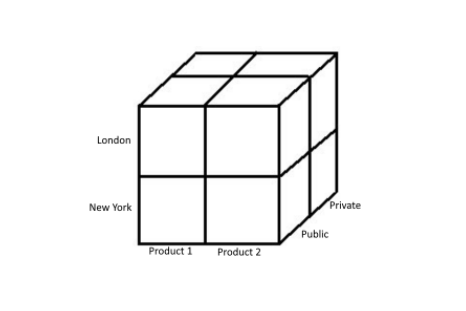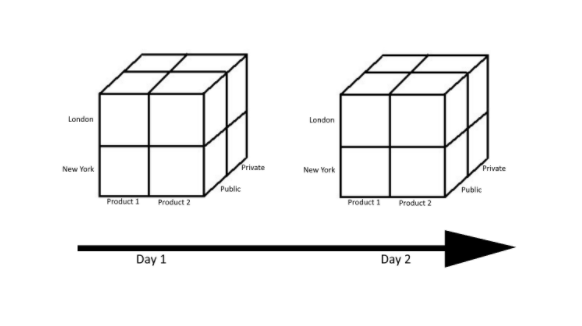As much as companies pride themselves on their analytics initiatives and using data to drive decision making, most companies are not as data-driven as they make themselves out to be. Despite the ample resources and hard data available to them, many executives still base their final decisions on intuition or the infamous gut feeling.
While there are many ways to approach how you ultimately use data to drive decisions, the most common frameworks on the matter are data-driven decision making and data-informed decision making. In order to understand each approach and which is best for your organization, let’s explore the key differences between the two.
Data-Driven: What Does it Mean?
You’ve probably heard a lot of talk surrounding the importance of being data-driven, especially in light of responding to the recent global events. But what does being data-driven actually mean in practice?
Being data-driven doesn’t mean solely investing in the newest data analytics tools or focusing entirely on having the highest quality data possible. Being data-driven means allowing your data to guide you in the right direction. Think of this as the metrics heavy approach where full faith is often placed in the numbers. This means basing decisions on key insights and making sure analysis is always taken into consideration. In this approach, your data will have the heaviest weight in the decision-making process over any other factor.
Data-Informed: What Does it Mean?
On the other hand, being data-informed means using data to check or validate your intuition. You could say this approach primarily is used to confirm or deny that gut feeling when it comes to your decision-making. Here data isn’t necessarily the focus of the decision-making process but is instead a useful resource in proving or disapproving certain hypotheses.
What’s the Difference?
The primary difference between the approaches is the degree to which data is used and valued overall. Data-driven culture places data at the heart of your decision-making process, predominantly weighting the numbers and metrics involved. Data-informed culture is when data is used as one of many variables taken into account. Typically other factors include the context and behavior surrounding the data, however, this makes decisions vulnerable to bias or subjectivity.
Which Approach is Better?
While the difference between the two approaches might seem minimal, the method by which your organization makes decisions can have significant long term effects. Which framework to adopt is dependent on the strategic objectives of your organization as well as the data you have available.
To get started, try asking yourself questions such as:
- How much data do you have available?
- How confident are you in the data’s quality or reliability?
- What type of problem are you trying to solve?
- What are the overarching goals of your department or organization?
Conclusion
Regardless of these approaches, data isn’t the end all be all to successful decision making. It can’t predict the future or ensure your final decision will lead to an increased bottom line or record-breaking sales for the quarter. However, it does give you a better understanding of the situation at hand and can be an effective tool when determining your direction.














